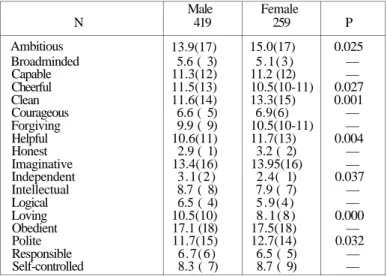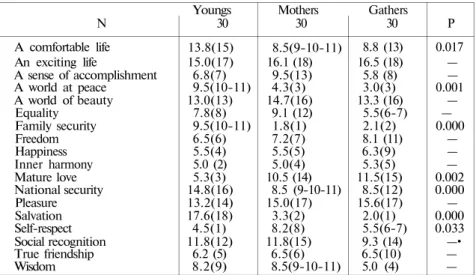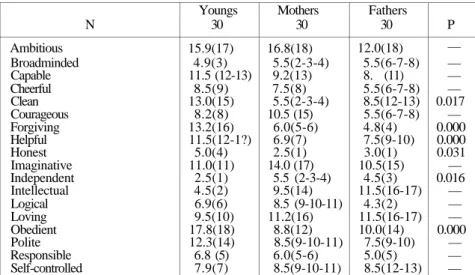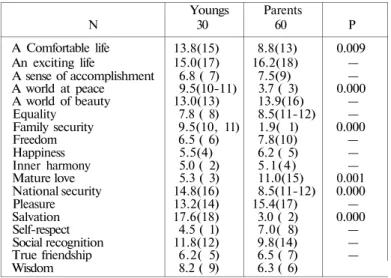Başlık: THE UNIVERSITY STUDENTS' VALUE PREFERENCESYazar(lar):BAŞARAN, FatmaCilt: 14 Sayı: 0 Sayfa: 013-025 DOI: 10.1501/Felsbol_0000000101 Yayın Tarihi: 1992 PDF
Tam metin
Şekil
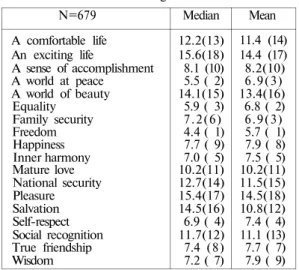
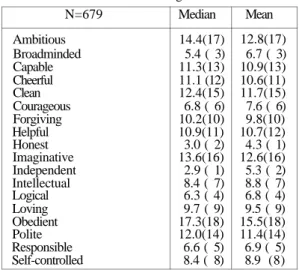
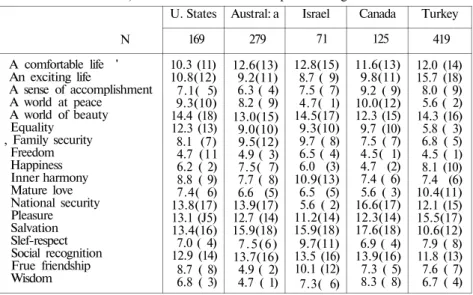
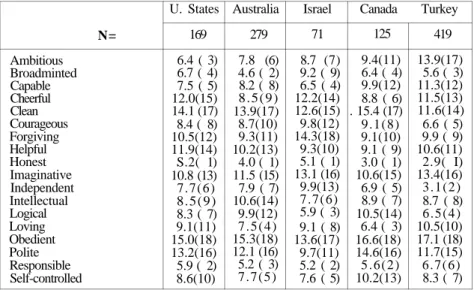
Benzer Belgeler
Ancak gebelik öncesi dönemde normal vücut kütle indeksi olan gebelere göre afl›r› kilo- lu ve obez olan gebelerde iri bebek do¤urma oran› daha fazla bulunmufl olup, bu
Thus, the third novel of the tetralogy about the poet is a kind of representation of individual autobiographical moments from Burgess life and a supplementary explanation of the
The results revealed that life perception, willing- ness to understand the reasons under other’s behaviors, emotional awareness, decentering and integrative self- awareness
Hüner ve Mimarî «Art et Architecture» dergisinin 22-24 sayılarından kısaltılmış- tır. sporcular köyünün doğu ve batısındadır. İleride bu mikdar 13.000 araç ve 650 oto
Yeni kurulacak Baruthane sitesinde yeşil sahalara fazlasiyle önem verildiği plândan derhal anlaşılır. Siyavuşpaşa de- resinin 2 tarafında şimalden cenuba ya- yayılan park
Bayındırlık ve İskan Bakanlığı Afet İşleri Genel Müdürlüğü Deprem Araştırma Dairesi Başkanlığı, Ankara, 1996. Afet ve Acil Durum Yönetimi Başkanlığı
Yine kontrol grubu ile 5 µg/kg grayanotoksin-III verilen Grup 1 arasında tüm zamanlarda anlamlı fark bir bulunamadı.. Farklı
Gümrük Birliği’nin Türk Otomotiv Sanayi Üzerindeki Etkileri, Yayınlanmamış Yüksek Lisans Tezi, İstanbul Teknik Üniversitesi Sosyal Bilimler Enstitüsü,

